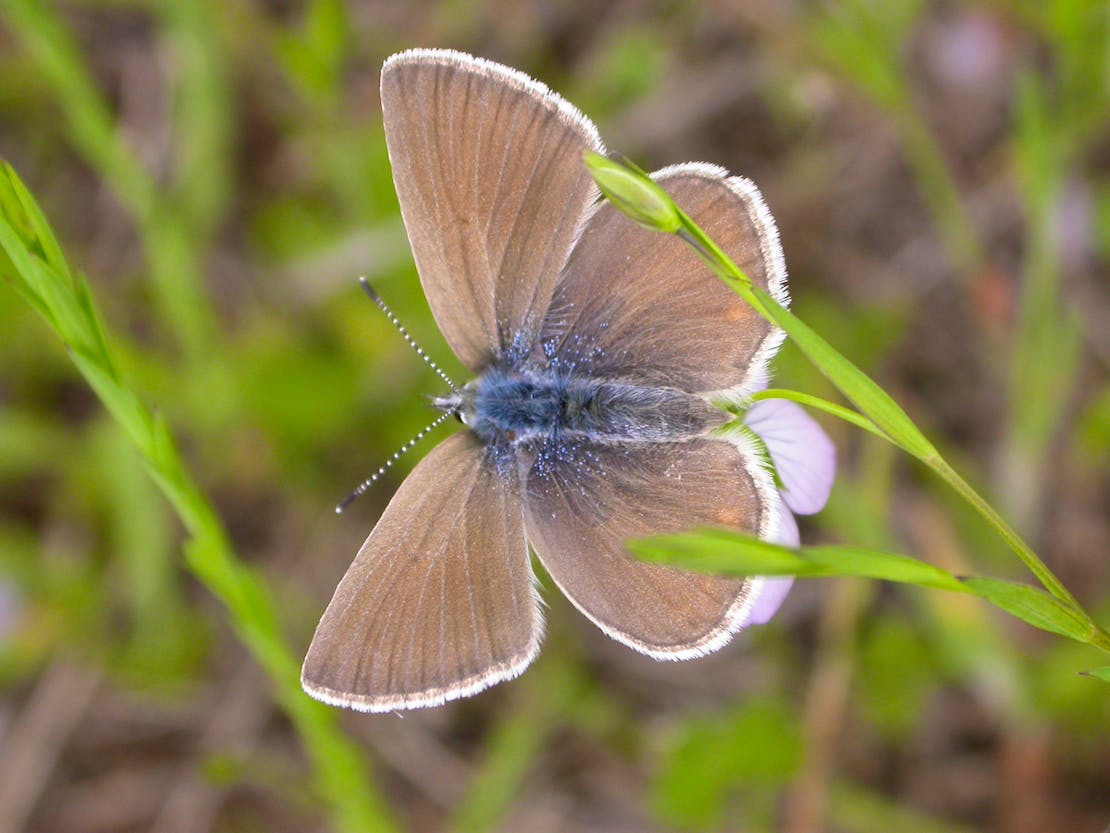Early in my career, before I was an advocate for the National Wildlife Refuge System for Defenders of Wildlife, I was a field biologist living in Oregon. I spent two years there, trekking through timber country to conduct bird surveys. While I was working in the coniferous forests of the Coast Range and Cascades, I called the Willamette Valley, the place between the mountains, home.
Oregon is famous for its forests which have been featured prominently in high-profile conservation issues. But the beauty of the state extends far beyond its forests. The open landscapes of the Willamette Valley are equally awe-inspiring. Because the valley is home to approximately 75% of Oregon’s human population, however, much of its native vegetation has been converted for agriculture use or residential development. As a result, the Willamette Valley Upland Prairie and Savanna ecosystem is one of the most critically endangered in the United States.
Fortunately, there is new hope for these imperiled ecosystems with the establishment of the Willamette Valley Conservation Area. The Biden administration announced its formation at the end of August 2024, and it joined more than 570 other protected areas as the newest unit of the National Wildlife Refuge System. The WVCA’s Land Protection Plan authorized the protection of up to 22,650 acres of prairies, savannas and oak woodlands within an area stretching between Portland and Eugene.
This exciting development is the result of years of cooperation between the U.S. Fish and Wildlife Service and the Willamette Valley Oak and Prairie Cooperative, a consortium of state and local agencies and organizations. Instead of being called a typical “refuge” the WVCA is called a conservation area because it will consist mostly of easements, allowing private landowners to commit their properties to conservation while continuing to live or work on the land. Despite the different name, the WVCA will be subject to the same laws and policies as any other refuge.
Wildlife refuges are the only federal lands with a mission that puts wildlife first. They support hundreds of species listed as threatened or endangered under the Endangered Species Act and there is at least one in every state and territory throughout the country.
Eight ESA-listed species will be protected by the WVCA including the endangered Fender’s blue butterfly, which was thought to be extinct until it was rediscovered in 1989; and, Kincaid’s lupine, a threatened wildflower that is the butterfly’s host plant. The recovery plan for the Fender’s blue, Kincaid’s lupine and three other species states that “recovery…of these species will depend upon the successful establishment of a network of protected populations in managed, suitable prairie habitats.” By providing the means to permanently protect the core habitats of listed species in the Willamette Valley, the WVAC will play as essential role in their recovery.
The National Wildlife Refuge System is an incredible conservation success. Defenders celebrates the addition of the WVCA and the safe haven it provides for wildlife. One of the great things about the Refuge System is that it is designed to grow through the creation of new refuges and the acquisition of land for existing refuges, meaning the WVCA will only be the newest one for so long. We look forward to the next addition.










Follow Defenders of Wildlife
facebook bluesky twitter instagram youtube tiktok threads linkedin